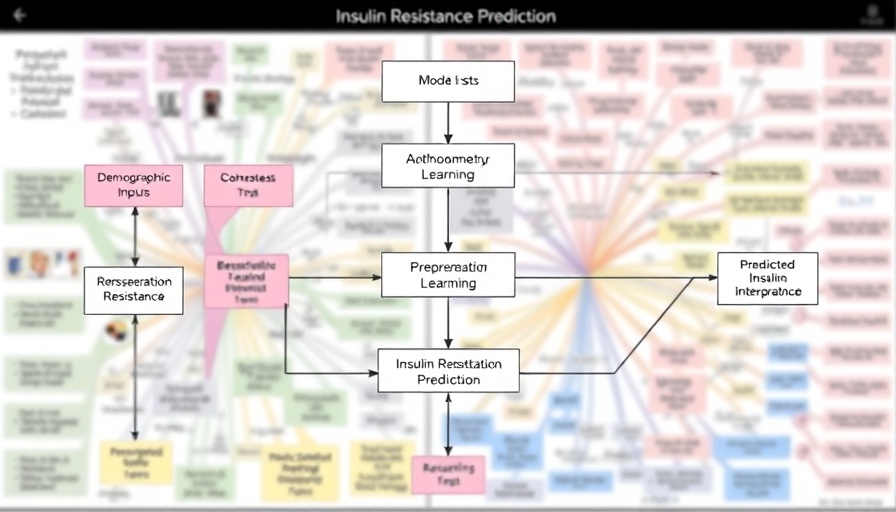
Understanding the Essence of Email Design
Email design is more than just aesthetic appeal; it’s a vital element of effective communication in today’s digital landscape. With the average person receiving over 120 emails a day, a well-crafted email can be the difference between a message that gets read and one that gets lost in the clutter. Understanding how to blend visual appeal with functional design is crucial for boosting engagement and conversions, particularly for small and medium-sized businesses looking to make a significant impact.
Why Every Small Business Should Prioritize Email Design
Great email design not only makes your messages eye-catching but also enhances readability and user experience. Think about this: if your email is filled with blocks of tiny text and unclear calls to action, will recipients even bother reading it? When designed well, your emails can facilitate stronger connections with your audience, ultimately driving higher open rates and conversions.
Essential Elements of Great Email Design
Understanding the key components of email design can help improve your marketing efforts. Here are significant best practices you should keep in mind:
1. Meaningful From Addresses
Your “from” address can either entice or repel your audience. Use a recognizable and relevant email address that recipients will trust. This simple change can significantly increase open rates.
2. Compelling Subject Lines
The subject line is your first impression and should grab attention quickly. A powerful subject line piques curiosity or offers a clear value proposition, prompting the reader to open the email. Using action verbs and personalizing where possible can give you an edge.
3. Clear Preheader Text
Preheader text often gets ignored, but it serves as an extension of your subject line. Use it to give additional context or create urgency. Think of it as the kicker in a news article that pulls the reader in.
Common Pitfalls in Email Design
Email design mistakes abound and can sink even the most compelling content. Here are some missteps to avoid:
1. Poor Contrast
Using similar colors for your text and background can make your messages illegible. Ensure that text is easy to read by maintaining adequate contrast.
2. All-Image Emails
Reliance on images alone can be detrimental, as many email clients block images by default. Instead, balance images with text to ensure that your message remains effective, even in a text-only format.
3. Inconsistent Branding
Your emails should reflect your brand's identity. Consistent use of logos, colors, and style helps build trust and recognition among your audience.
Tools and Resources to Enhance Email Design
There is a plethora of tools available for small business owners to streamline their email design process. Software like Mailchimp and Constant Contact offers user-friendly templates that allow for customization without needing extensive design knowledge. Utilizing these tools can simplify the creation and optimization of your emails.
Real-World Examples of Great Email Design
Learning by example can be incredibly enlightening. Brands like Airbnb lead with engaging visuals paired with personalized content, encouraging conversions effectively. In contrast, emails from retailers that lack a clear call to action often see lower interactions. By analyzing successful campaigns, you can see what elements resonate with audiences.
The Future of Email Design: What to Expect
As technology continues to evolve, so will email design practices. The integration of AI tools, for instance, can help predict audience preferences and tailor emails accordingly. Future trends are also pointing towards more interactive emails, allowing recipients to engage with content directly within the email platform, providing a richer experience.
Conclusion: Take Action Now
Email design is a key part of your business's marketing strategy that should not be overlooked. Armed with insights from this article, it’s time to carefully audit your current email designs and make necessary improvements. The goal is simple: create engaging, effective emails that resonate with your audience. By implementing these best practices today, you can ensure that your emails pay off tomorrow.
 Add Row
Add Row  Add
Add 



Write A Comment